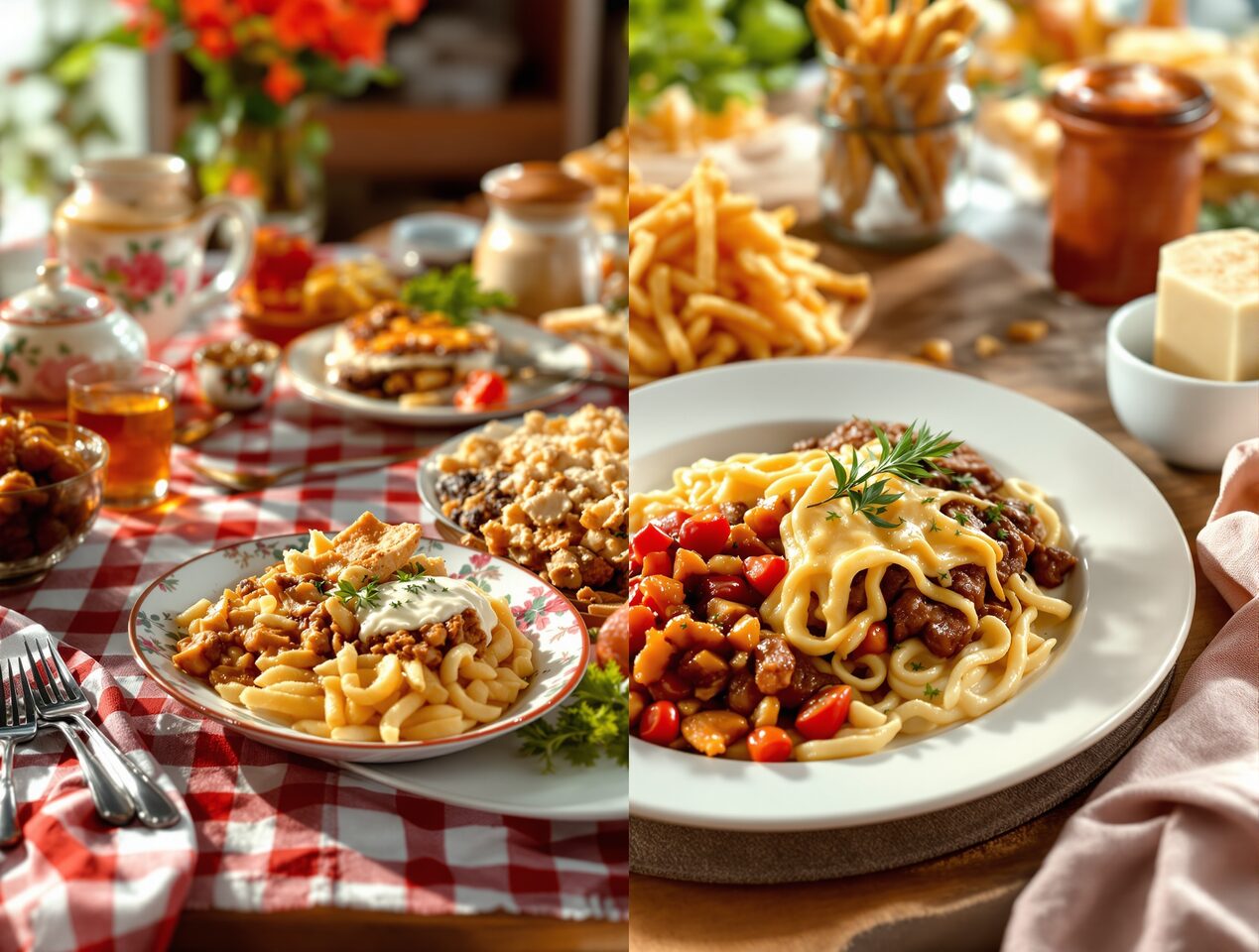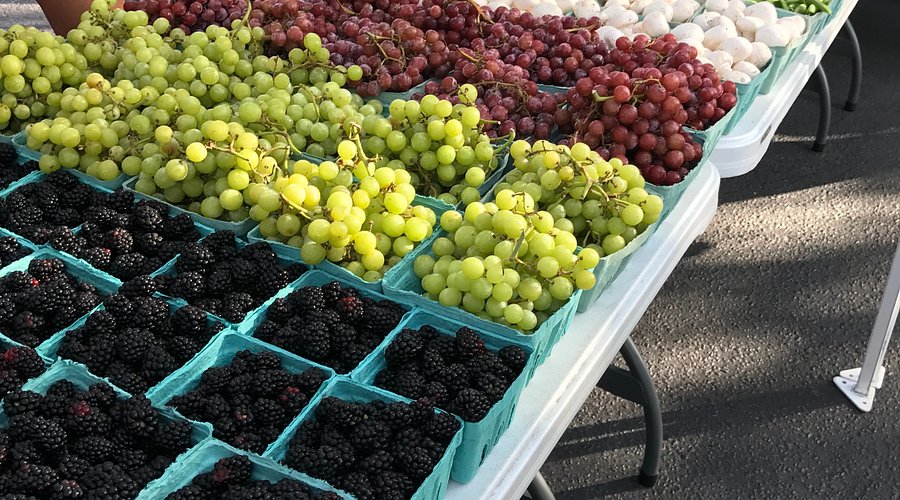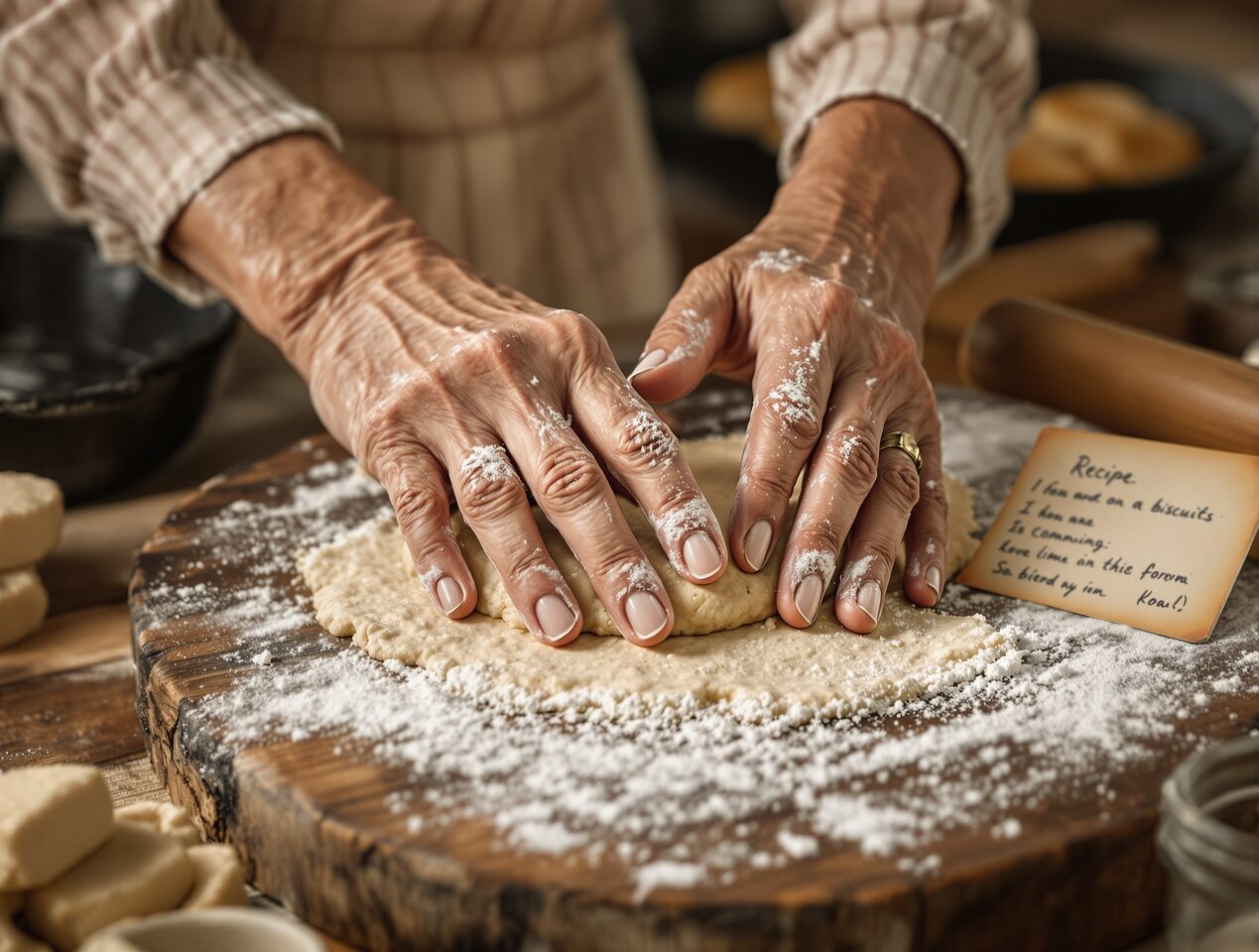Explore how classic Southern recipes are evolving for today's home cooks while maintaining the soul and authenticity that makes this cuisine so beloved.
Share This Recipe
Southern comfort food carries the weight of history in every bite. These aren't just recipes—they're edible stories of resilience, community, and love passed down through generations. But as kitchens evolve and lifestyles change, how do we honor these traditions while adapting to modern needs?
The answer isn't about choosing between authentic and accessible—it's about understanding the soul of a dish well enough to translate it for today's home cooks. In this exploration, we'll look at how Southern comfort food is evolving without losing the essence that makes it so special.
The Heart of Southern Cooking: What Never Changes
Before we talk about adaptation, we need to understand what makes Southern food Southern. It's not just about geography—it's about philosophy.
Time and Patience
Traditional Southern cooking doesn't rush. Whether it's the overnight soak for beans, the slow simmer of collard greens, or the patient frying of chicken, these recipes were built around unhurried time. This patience isn't optional—it's how flavors develop depth and complexity.
Quality Ingredients
Southern cooks have always worked with what they had, but they treated those ingredients with respect. Fresh vegetables from the garden, meat from local sources, and staples like flour and cornmeal were simple but chosen carefully. This emphasis on ingredient quality remains essential, even as our sources change.
Generous Seasoning
Southern food is boldly flavored. From the peppery bite of sausage gravy to the complex heat of gumbo, these dishes don't shy away from seasoning. Learning to layer flavors—building them through multiple stages of cooking—is a hallmark of the cuisine.
Community and Sharing
Perhaps most importantly, Southern food is meant to be shared. The recipes make enough to feed a crowd because that's the point. Whether it's Sunday dinner after church or a potluck at a family reunion, these dishes bring people together.
Smart Adaptations for the Modern Kitchen
Respecting tradition doesn't mean refusing to adapt. Here's how today's cooks are making Southern favorites work for contemporary lifestyles:
Time-Saving Techniques (That Don't Compromise Flavor)
Pressure Cooking and Slow Cooking
Instant Pots and slow cookers can transform cooking times without sacrificing results. That pot of beans that traditionally took 3-4 hours on the stovetop? Done in 45 minutes under pressure, with flavors just as developed. Collard greens that would simmer all day can be tender and flavorful in 90 minutes on low in a slow cooker.
Batch Cooking and Freezing
Many Southern dishes freeze beautifully. Make a double batch of gumbo or red beans and rice on Sunday, and you've got ready-made comfort food for busy weeknights. The flavors often improve after freezing and reheating.
Strategic Ingredient Prep
Pre-chopped vegetables and pre-minced garlic aren't cheating—they're smart. What matters is the technique and seasoning, not whether you chopped the onion yourself or bought it already diced.
Healthier Approaches (Without Losing Soul)
The Fat Question
Traditional Southern cooking uses generous amounts of fat—and for good reason. Fat carries flavor. But you can often reduce it without dramatically affecting the end result:
Whole Grain Swaps
Whole grain versions of Southern staples work surprisingly well:
Plant-Forward Variations
Increasing the vegetable content of traditional dishes honors their roots—Southern cooking has always featured vegetables prominently:
Dietary Adaptations
Gluten-Free Southern
Many Southern classics are naturally gluten-free or easily adapted:
Dairy-Free Options
Dairy features prominently in Southern baking, but alternatives work well:
Keeping the Stories Alive
The real essence of Southern cooking isn't in the exact measurements or ingredients—it's in the stories, techniques, and love that go into each dish.
Recipe Documentation
Write down your family recipes, including the stories behind them. Note not just what goes in the dish, but who taught you, what occasions it was served for, and any family variations. These stories are as important as the recipes themselves.
Teaching the Next Generation
Involve children and young adults in cooking, even if it's adapted methods. The act of making food together—whether it's traditional cast iron frying or modern air frying—passes down knowledge and creates memories.
Honoring Origins
When adapting recipes, acknowledge their roots. Southern food is a complex tapestry of African, Native American, and European influences. Understanding this history enriches our appreciation and cooking.
Community Connections
Continue the tradition of gathering around food. Whether it's a formal Sunday dinner or a casual weeknight meal with friends, the communal aspect of Southern food is what keeps the tradition alive.
Essential Modern-Traditional Recipes to Try
Ready to bridge tradition and innovation in your own kitchen? Start with these approachable updates of Southern classics:
Weeknight Warriors
- [Instant Pot Jambalaya](/recipes/louisiana-jambalaya): All the flavor in a fraction of the time
- Sheet Pan [Fried Chicken](/recipes/classic-southern-fried-chicken): Oven-baked for easier cleanup without sacrificing crunch
- Skillet [Cornbread](/recipes/classic-southern-cornbread): The classic done right, every time
Sunday Showstoppers
- [Peach Cobbler](/recipes/peach-cobbler-with-buttermilk-biscuit-topping): Traditional technique with seasonal fruit options
- [Shrimp and Grits](/recipes/shrimp-and-grits-with-andouille-sausage): Lowcountry classic that impresses guests
- [Biscuits and Gravy](/recipes/buttermilk-biscuits-with-sausage-gravy): The ultimate Southern breakfast, perfected
Make-Ahead Favorites
- [Sweet Potato Casserole](/recipes/sweet-potato-casserole): Prepare ahead, bake day-of
- [Mac and Cheese](/recipes/creamy-baked-mac-and-cheese): Freezes beautifully for easy comfort food
- [Chicken and Dumplings](/recipes/southern-chicken-and-dumplings): Soul-warming and meal-prep friendly
Bringing It All Together
The evolution of Southern comfort food isn't about abandoning tradition—it's about keeping these recipes alive and relevant for new generations of cooks. Whether you're using your grandmother's cast iron skillet or a modern pressure cooker, what matters is the love, care, and respect you bring to the cooking.
Southern food has always been adaptive. Our ancestors created these dishes with limited resources, using what was available and making it delicious. Today's adaptations are part of that same creative, resourceful spirit.
The recipes may change, but the soul remains the same: food made with love, meant to nourish body and spirit, and intended to be shared with those we care about.
Want more Southern cooking wisdom? Join our community of comfort food lovers and get weekly recipes, tips, and stories delivered to your inbox.
Affiliate Disclosure: As an Amazon Associate, we earn from qualifying purchases.
Never Miss a Recipe!
Join 10,000+ Southern food lovers getting our weekly newsletter with new recipes, cooking tips, and exclusive content delivered straight to your inbox.
Subscribe Now


